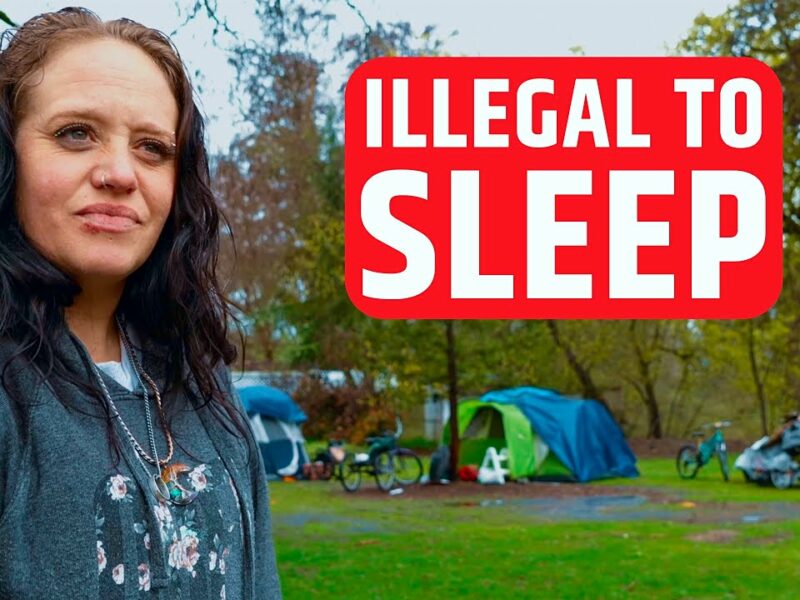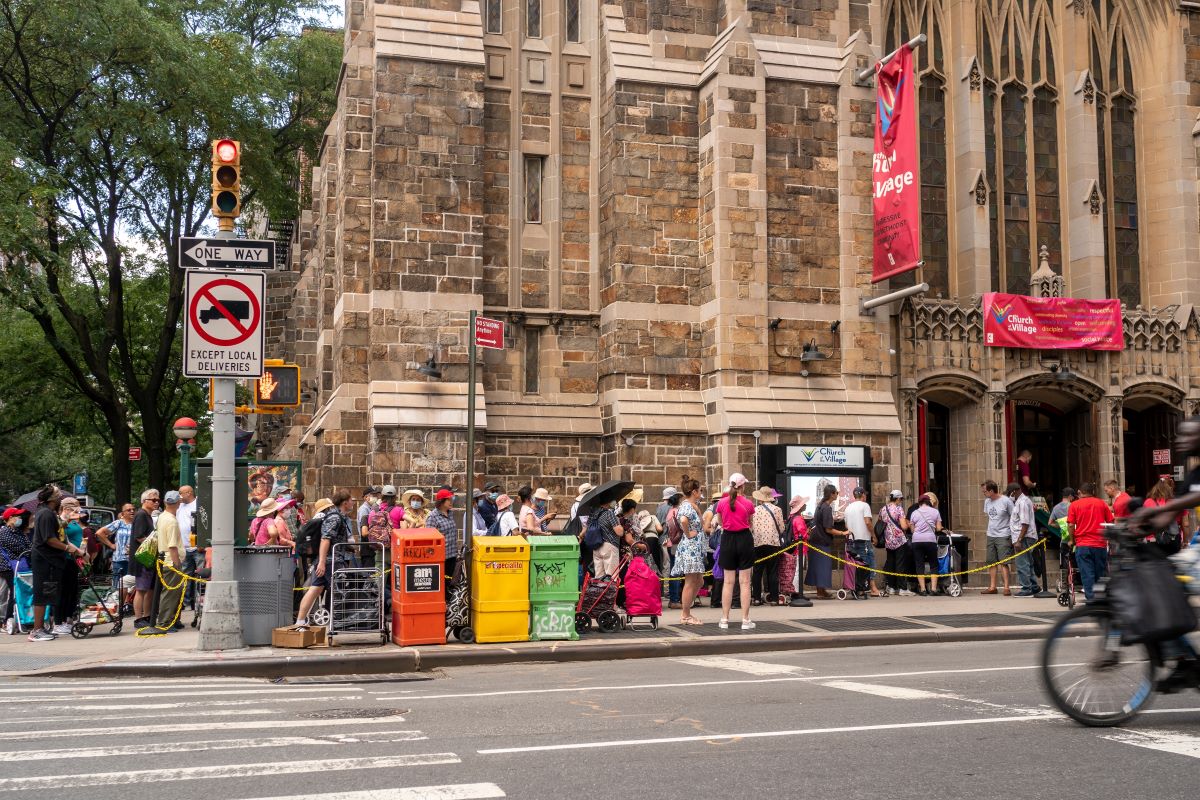Food insecurity is becoming a growing problem across the U.S. as persistent inflation forces many to choose between eating meals and paying for necessities like medicine and housing.
A new report from the U.S. Department of Agriculture shows that about 12.8% of American households faced food insecurity—meaning that they do not have enough food—in 2022, representing a roughly 23% climb since the pandemic began in 2020. That 12.8% figure also means there are about 16.7 million households in the U.S. who do not have enough food to eat.
The report adds that more than 55% of these households use federal benefits like the Supplemental Nutrition Assistance Program to afford food. However, some experts remain concerned that more households will go hungry in the future if legislators don’t reinstate some of the pandemic-era programs that helped them afford food.
“The pandemic taught us a lot about how to prevent hunger,” Lauren Latham Reid, the director of communications at the California Association of Food Banks, told Invisible People. “Now, we really need to get our legislators on board to get the policies in place that can prevent it. We need to change the system.”
The Link Between Food Insecurity and Homelessness
Food insecurity not only threatens the physical health of households but can also threaten their ability to keep their housing arrangements.
The Right to Food Coalition links food insecurity and homelessness together as symptoms of poverty and social exclusion. This means an individual’s social relationships are just as crucial to finding adequate food as they are for finding affordable housing.
“Those who are experiencing homelessness, in all its forms, including those with insecure housing tenure, ‘couch surfers,’ staying in shelters or sleeping rough, may be forced to acquire, prepare and consume food via means that are not considered socially or culturally acceptable,” the organization wrote in a report.
Just like homelessness, food insecurity also varies from state to state. The USDA found that states like Arkansas, Louisiana, and Missouri share some of the country’s highest rates of food insecurity. These states also have a significant portion of their population living in poverty and have laws that make it easy for landlords to evict tenants.
Kathy Webb, CEO of Arkansas Hunger Relief Alliance, told Invisible People in an email that the expiration of pandemic-era programs like the expanded Child Tax Credit and expanded SNAP benefits caused more Arkansans to face hunger than ever before. Webb added that Congress’s failure to pass the Farm Bill this year has made the issue even more challenging to solve.
“We must call on our elected officials at all levels to focus on food insecurity,” Webb said. “Our vision of a hunger-free Arkansas is achievable if we have the political will.”
Some states have started looking inward to solve the issue.
Latham Reid said California lawmakers are considering expanding the state’s CalFresh program to help more households afford food. The program allows up to $291 per person per month, with the maximum allotment for a family of four at $973 per month. The program was expanded by roughly 15% during the pandemic, but those subsidies ended in May 2023.
A recent study from the Public Policy Institute of California found that the program could have kept upwards of 350,000 Californians out of poverty if the expansion had been made permanent. These changes could have also helped people afford food at a time when their energy bills are increasing because of winter weather, Latham Reid added.
“People are really being forced to choose between heat and necessities like medications,” she added. “Oftentimes, food is one of the choices that they can cut.”
How You Can Help
The pandemic proved that we need to rethink the links between food and housing in the United States. It also showed that aid programs work when providing agencies and service organizations with sufficient funds and clear guidance on spending aid dollars.
Contact your officials and representatives. Tell them you support keeping many of the pandemic-related aid programs in place for future use. They have proven effective at keeping people housed, which is the first step to ending homelessness.











